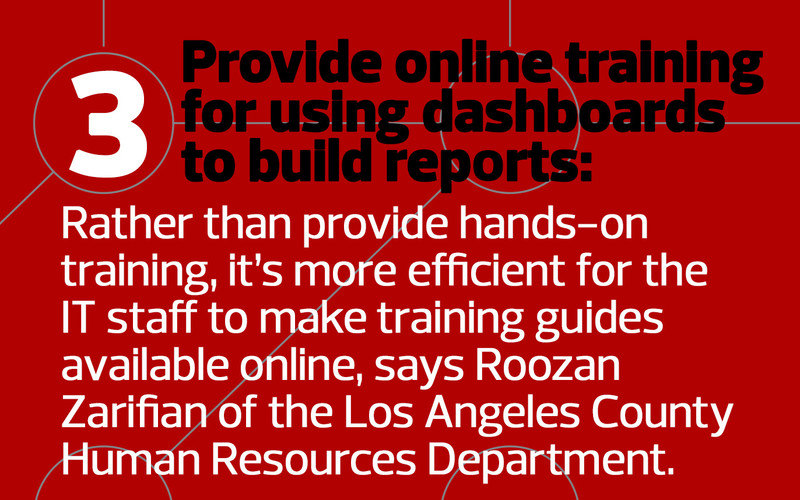

- #Nomachine exit full screen install#
- #Nomachine exit full screen update#
- #Nomachine exit full screen upgrade#
- #Nomachine exit full screen android#
- #Nomachine exit full screen license#

#Nomachine exit full screen android#
Tapping on Android client doesn't produce a left click when the server mouse is configured for left-handed users The mouse back and forward buttons are ignored in sessions on macOS The nxservice service starts and stops after 10-30 seconds Copy&Paste problem when running a Wine application in floating window mode Text in a reconnected Xterm custom session has wrong font Cannot connect to the remote node when direct connections are disabled (v. i3 custom session windows are no longer visible when they are reconnected The installation procedure tries to start NoMachine services even when /run/systemd is not present iPhone is not forwarded to the remote macOS server The client program freezes when client side hardware decoding is enabled The NoMachine web server does not start on Windows if port 4443 is already in use
#Nomachine exit full screen install#
Cannot install a NoMachine package when the target directory has sticky bit set NoMachine printer spooler service is not started after a silent installation on Windows Error 'Cannot create a new display' occurs when hostname is very long SELinux permissions for rvice are missing on Fedora 31 and newer Fedora distributions The file transfer browsing window text is unreadable on some Linux systems External port displayed in the Server Ports UI panel is not correct The NoMachine session gets a black screen when the macOS screen is locked and a monitor is not connected Screen blanking is no longer available on Windows 10, version 2004 Session directories are left in the user's home Connection is lost in a multinode environment
#Nomachine exit full screen update#
Cannot connect to physical desktop on macOS after a system update Installer scripts follow target symlinks instead of overwriting them The full list of fixes available in version 8 is: The native package for M1/M2 restores USB support on macOS, not available with Intel packages running under Rosetta 2 emulator. This version provides also client and server packages built for Windows 64-bit architecture and universal packages suitable for macOS equipped with Intel or Silicon processor. Native packages for Windows 64bit and macOS M1/M2 H.264 hardware encoding is now available also for NoMachine servers running on macOS, extending support for 3D hardware acceleration also on that platform. Workload for hardware accelerated video encoding can be now distributed among all the available GPUs according to a load-balance algorithm or off-loaded to a specific GPU dedicated to NoMachine. In this way, connection is established from a node to the Cloud Server, getting rid of the need to open a port in the corporate firewall. Perfect for a DMZ network which isolates public services reachable by the Internet from the corporate LAN, the 'inverse connection' reverses the direction of communication. Nat-traversal inverse connection for Cloud Servers The desktop owner can give interaction or view-only permissions to the connected user or guest at any moment during the life of the session by a simple click via the Monitor menu (!M) in the system tray. Switching on/off the interactive mode at run-time Available also in the free version, it's ideal also for on-the-fly connections to help friends remotely and everywhere. Connect as a guest to the remote physical desktops without the need to have a system account, always upon the approval of the desktop owner. A completely redesigned interface for easier access to server configuration also from remote provides a much more improved experience to users and administrators, especially for Cloud Server and nodes management, with the possibility to monitor connections and users in the whole system. The local and remote server administrator's UI To mirror the new Cloud Server family, a cluster-specific product is made available also in the terminal server family (Enterprise Terminal Server Cluster) and some products have been renamed. The failover cluster capabilities for high available access are now moved into a specific product, the Enterprise Cloud Server Cluster.

Designed to satisfy needs of different business realities, the new range of products covers from small-sized to very large environments. Cloud Server Family Products now extended Key enhancements in this new major version are:

Server audio in version 8 is muted on Windows
#Nomachine exit full screen upgrade#
Empty output of -serverlist command after upgrade to NoMachine 8.0.168 Kerberos ticket doesn't work properly on Enterprise Client version 8.0.168
#Nomachine exit full screen license#
Cloud Server 7 license causes "not suitable for this server version" error when updating to a Enterprise Cloud Server 8.0.168 8.0.168 closes when connecting to a remote desktop Linux nxusbd prebuilds are not stripped on Linux in NoMachine 8.0.168


 0 kommentar(er)
0 kommentar(er)
